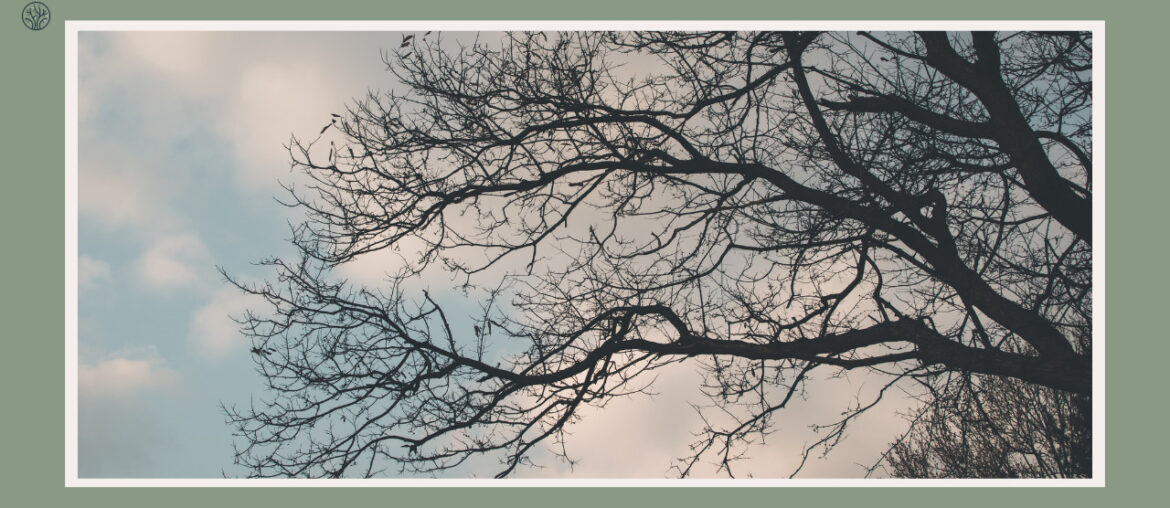A tree with no leaves could be a sign of dormancy. It’s a natural phase in a tree’s life cycle when it slows down its growth and metabolism to cope with the cold and dark of fall and winter. But it could also mean that the tree is sick or dying. Knowing the difference is important for taking good care of your trees.
Common Species That Shed Leaves
It doesn’t always mean unhealthy when a tree loses its leaves. It’s often a way to survive. Let’s see how this happens in some common trees.
Oak Tree
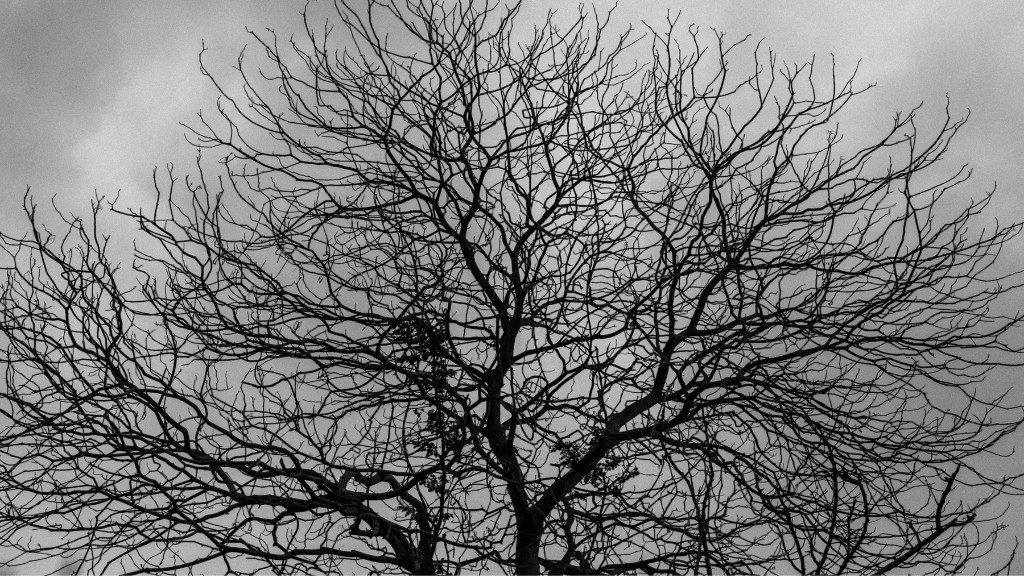
Oak trees are the kind of trees that drop their leaves every year. You might worry if you see an oak without leaves when it should be growing, but it depends on when it happens. If it’s spring and other trees have leaves, but the oak doesn’t, it might just be a late starter. But if the oak still has no leaves by late spring, something might be wrong, like damage to its roots or stress from the environment.
You can do a scratch test to see if the tree is still alive. You just peel off a little bit of bark and look at the layer underneath. If it’s green and wet, the tree is alive. If it’s dry and brown, the tree might be dead.
Willow Tree: No Leaves
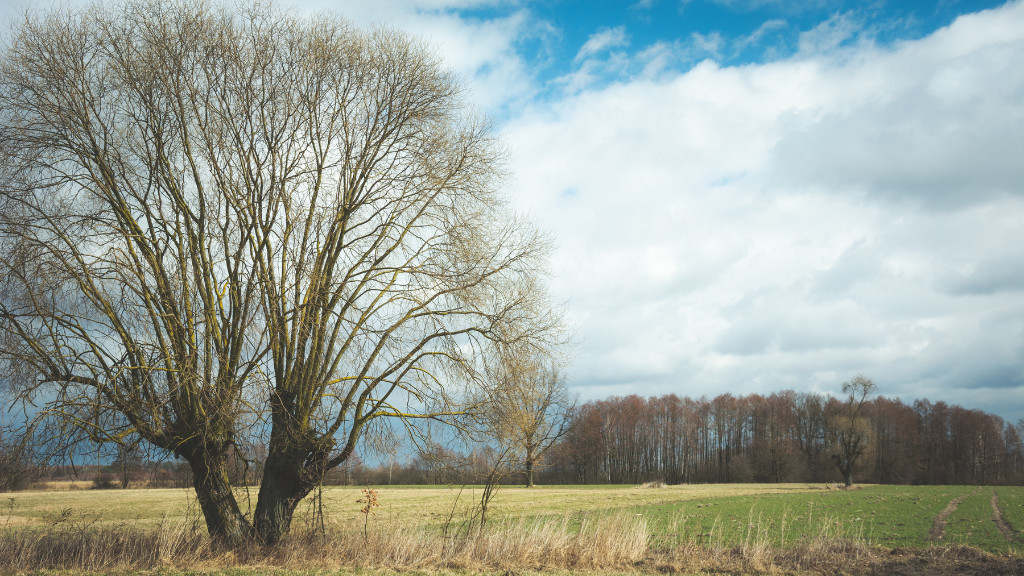
Willow trees are known for their green branches that hang down like curtains. When a willow tree has no leaves, it looks very different from how it usually does. Willows can lose their leaves for many reasons, like not having enough or too much water, bugs, diseases, or just going to sleep for the winter. Before you think the worst, you should check if the willow is still healthy by doing a scratch test or asking an expert. Willows are strong and can often bounce back from problems with some care.
Rowan Tree No Leaves
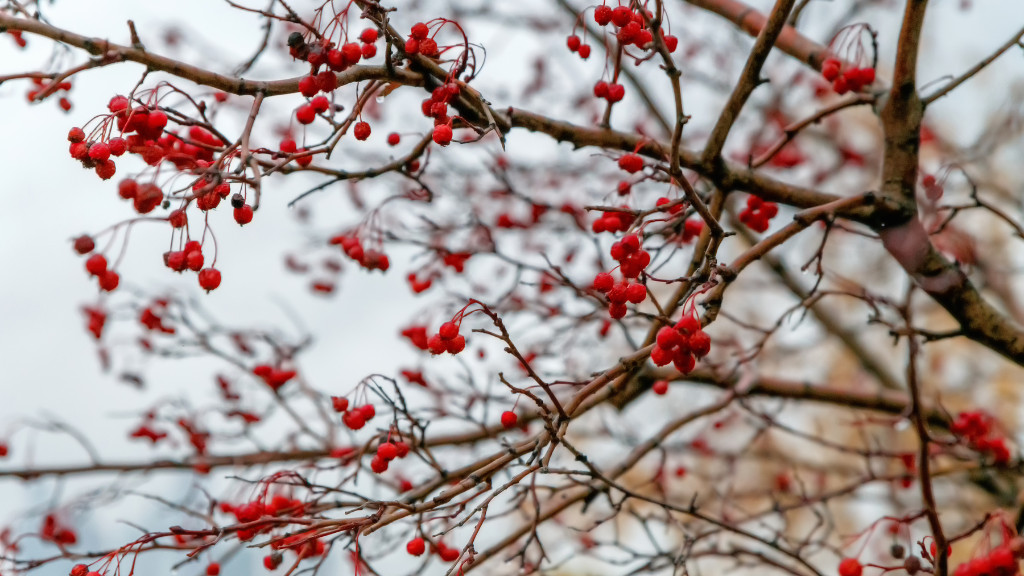
Rowan trees are beautiful trees with green leaves and bright berries. They usually look very pretty in nature. But sometimes you might see a Rowan tree without leaves when it should be growing, and that can make you worry.
Usually, a Rowan tree will drop its leaves when it gets cold in the fall, and get ready to sleep for the winter. But if the Rowan tree has no leaves in spring or summer, it might mean that the tree is not happy. This can happen for different reasons, like the weather, damage to its roots, or sickness. You can look at the tree’s buds, branches, and trunk to see how it’s doing. If the buds are dry and hard, and the branches break easily, the tree might be dead. If the branches are bendy and green inside the bark, Rowan might just be sleeping or getting better from a problem.
Birch Tree
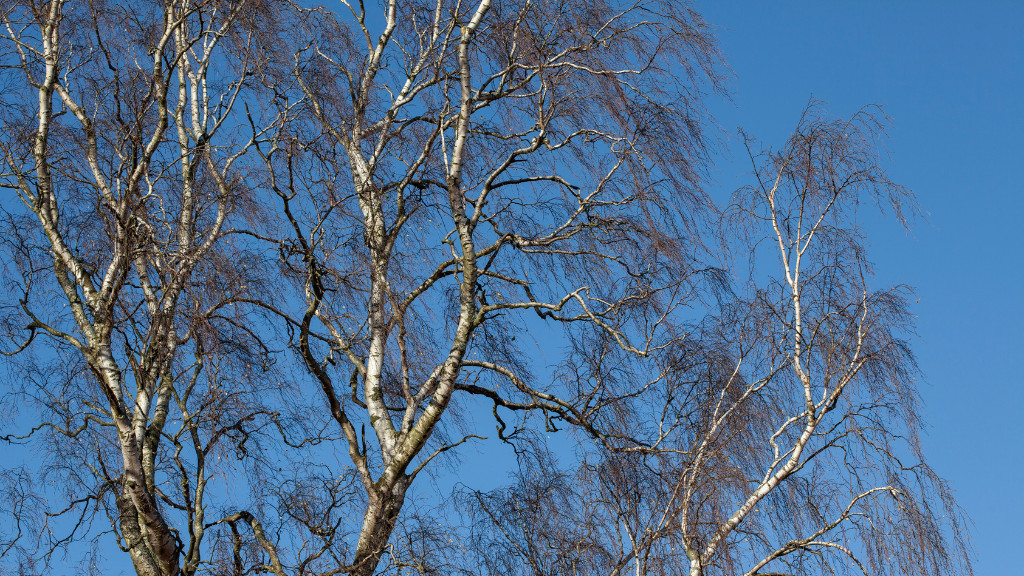
Birch trees have a special bark and thin leaves. They look lovely when they move in the wind, but not when they fall too soon. If you see a Birch tree’s leaves falling when it’s not fall, it might be because of something that’s bothering it. It could be from not having enough water, which makes the tree drop its leaves to save water. Or it could be from something worse, like a bug called the Bronze Birch Borer, which can hurt birch trees a lot. Or it could be from a sickness called Birch Leafminer, which makes the leaves turn brown and fall off. You should pay attention to when and how the leaves fall, and if they have any spots or holes on them. That can help you figure out what’s wrong with the tree.
Cottonwood Tree
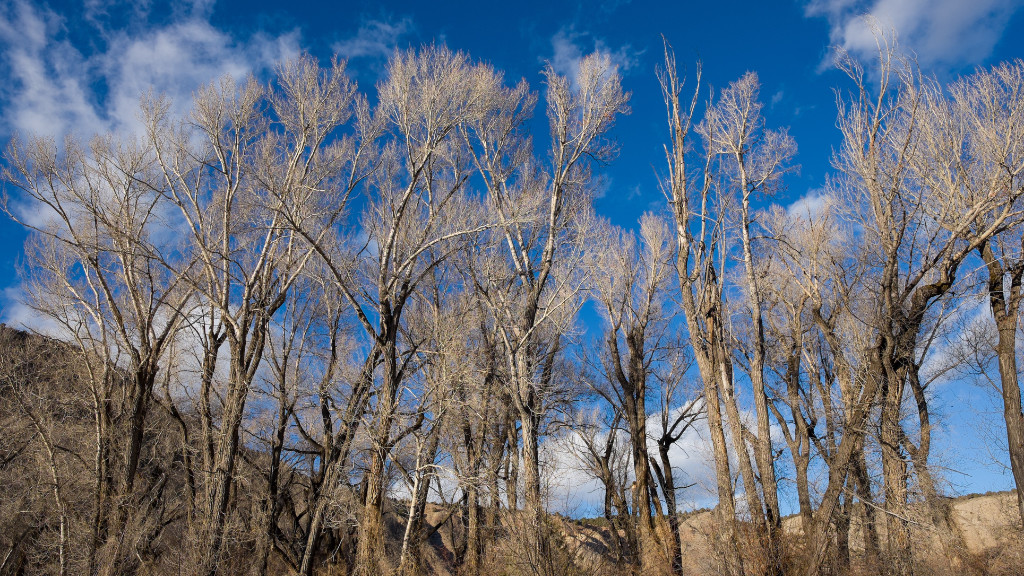
Cottonwood trees are big trees with wide leaves that you can see in many places. These trees drop their leaves in the fall, and that’s normal and good for them. But if a Cottonwood tree starts to lose its leaves when it should be growing, you should check it out. Things like very hot or cold weather, too much or too little water, or bad soil can make the tree shed its leaves. Sometimes, bugs or diseases like the Cottonwood Leaf Beetle or Leaf Rust can also cause the leaves to fall. It’s okay if the tree loses some leaves because of small problems, but if it loses a lot of leaves quickly, it might have a health problem that needs help.
Why Do Some Trees Lose Their Leaves?
Seeing a tree without leaves when it’s not cold can make you wonder. Trees, like all living things, have their own rhythms and changes, and dropping leaves can be part of that. But sometimes, it means they’re having a hard time with something else.
Seasonal Leaf Drop
First up, it’s totally normal for deciduous trees to shed their leaves in autumn. Normally, most tree’s leaves will start turning from green to red, yellow, or black before falling off the branches. This is their clever way to conserve resources during the winter. They’re playing the long game, saving up energy for when the growing season kicks back in. But when you see a tree dropping leaves at a time when you’d expect it to be in full bloom, it’s worth a closer look. It could be that the tree is simply taking a precautionary measure, shedding some leaves to cope with temporary issues like a dry spell or a sudden cold snap.
Urban Pollution
Now, let’s talk about trees in urban settings. They’ve got a lot to contend with – pollution, limited space, and the heat from all that concrete can really stress them out. It’s not surprising they might react by dropping leaves. These trees are doing their best to adapt to less-than-ideal conditions. As caretakers, we can support them by providing enough water, ensuring the soil is healthy, and protecting them from physical damage. This kind of support can make a big difference in their ability to withstand the urban environment.
Warning Signs
However, there are times when losing leaves is more than just a tree’s response to stress – it’s a distress signal. Pest infestations, diseases, and physical damage can all lead to a tree shedding its foliage. If the leaves are riddled with holes, covered in spots, or if the tree is losing more leaves than it’s keeping, it’s time to investigate. These symptoms can indicate underlying issues that need immediate attention.
Understanding Tree Diseases And Symptoms
Counting how many leaves are on your tree is certainly an impossible task. That’s why when you’re trying to figure out what’s up with your tree, it helps to know the signs of trouble. Tree diseases come in all shapes and sizes, and they can turn a healthy tree into a sorry sight before you know it.
Spot The Clues
Look for the signs that something is wrong. Fungal diseases often show up as discolored spots or powdery coatings on leaves, while bacterial infections can make the bark look wet or ooze sap. If your tree’s leaves have weird patterns or growths, or if the branches start dying back for no clear reason, these could be red flags. And don’t just look at the leaves – check the trunk and roots for mushrooms or decay, which can signal serious health issues.
Pests
Pests can be a real headache. They munch on leaves, bore into bark, and can turn a healthy tree into an all-you-can-eat buffet. If you see holes in the trunk, leaves that look like lace, or any creepy crawlies hanging around, it’s time to take action. These little guys can do a lot of damage and even spread diseases from one tree to another.
Getting to the Root of It
Sometimes the problem isn’t something you can see. Trees can get stressed by things like poor soil, not enough water, or too much heat. These issues can weaken a tree, making it more likely to get sick. So, if your tree isn’t looking great, but you can’t find any obvious signs of disease or pests, consider its growing conditions. It might be time for a soil test or a change in your watering routine.
Steps to Encourage Leaf Growth
While nature has some of the biggest leaves, if your tree’s looking a bit bald, don’t worry – there are things you can do to help it get its groove back. Encouraging leaf growth is all about giving your tree what it needs and making sure it’s not fighting any hidden battles.
Water
Water is life, and that’s true for trees too. But there’s a sweet spot – too little and they can’t make food, too much and their roots get soggy. You’ll want to find that just right amount of water, depending on what kind of tree you have and what the weather’s like. A good soaking once a week is usually a safe bet but always check the soil first.
Soil Health
Good soil isn’t just dirt – it’s a mix of nutrients, air, and water that supports your tree from the ground up. If your tree’s leaves are sparse, it might be crying out for better soil. Get a soil test to see what’s missing, and then you can add the right kind of compost or fertilizer to get things back on track.
Prune With Purpose
Pruning isn’t just about making your tree look pretty – it’s a way to help your tree focus its energy on growing strong and healthy leaves. Cut away the dead and diseased branches, and you’ll often see a burst of new growth in response. Just make sure you’re pruning at the right time of year – usually late winter or early spring for most trees.
Protecting Trees from Pests and Disease
If pests or diseases are bugging your tree, you’ve got to deal with them before you see any new leaves. Sometimes that means using insecticides or fungicides, but it’s best to talk to a pro before you start spraying. They can help you figure out exactly what’s wrong and how to treat it without going overboard.
FAQs
What is a Tree Without Leaves Called?
A tree without leaves can be called a few things, depending on why it’s bare. If it’s just shed its leaves for winter, it’s deciduous. But if it’s leafless due to stress or disease, it might be in a dormant state or, worse, it could be dying. If it’s naturally leafless, like a cactus, it’s considered a leafless tree or a non-photosynthetic tree.
What Plants Naturally Have No Leaves?
Believe it or not, some plants get by just fine without leaves. Cacti are the most famous ones, using their stems to do the work of leaves. Then there are plants like the ghost plant, which have scales instead of leaves. These plants have adapted to their environments in unique ways, often to conserve water.
Can a Tree Survive Without Leaves Long-Term?
Trees need leaves to photosynthesize and make food, so a tree without leaves is going to last only a short time unless it’s just part of its natural cycle, like in winter. If a tree doesn’t leaf out for a whole growing season, it’s usually a sign that something’s wrong. It might survive for a bit if it has stored energy, but it’s a race against time to fix whatever’s causing the problem.
How Late in the Year Can a Tree Leaf Out?
Trees usually get their leaves back in spring when the weather warms up. But sometimes, they might be a little late to the party. If it’s been a cold spring, or if the tree is young or stressed, it might leaf out later than usual. As long as it’s healthy, it’ll catch up when it’s good and ready.

